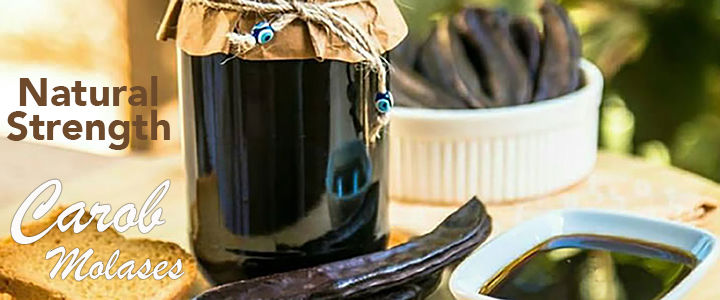English
You have no items in your shopping cart.
Spices & Soup
ARIFOGLU Turkish Tarhana 500g
Tarhana is a traditional, spicy Turkish soup common throughout Anatolia. Tarhana powder is prepared by mixing plain yogurt, flour, and grated vegetables like red pepper, tomato, and onion into a thick paste that is left to ferment for several days. The paste is then divided up, dried, and crumbled to make tarhana powder. Put one full spoon of tarhana and 1.5 glass of water in a pot for each person. Stir continuously 15 mins with medium heat. Add some butter and serve.
$9.99
SADAF Alum Powder 56g
Alum is commonly used in pickling recipes to keep vegetables crispy and bright. Mix one ounce per gallon of boiling water and pour over vegetables, seal and let it stand overnight. Drain and rinsee then follow your own pickling recipe.
$2.99
SADAF Crushed Red Pepper 56g
Red Pepper is used to season, meats, poultry, seafood, pickles, Italian, Indian and Mexican cuisine.
$4.99
SADAF Ground Sumac 113g
Sumac is a ground seed that has a sour, tart and salty taste. It is used as a seasoning on rice, marinades and rubs for meat and poultry in Persian cuisine.
$6.99
TUZOT Klasik Cesni 200g
Tuzot combines delicious dried vegetables with various spices. It makes your meals reach the perfect taste. Tuzot classic seasoning includes dried radish, carrot, celery, onion, parsley, various spices and salt. You can use Tuzot vegetable seasoning in all kinds of meat and non-meat recipes, cereal and vegetable dishes, rice, pasta, stuffed and wraps, pastries, appetizers and sauces. You can add the seasoning to the pot in the last five minutes of the cooking process to increase the flavor of your meals. You can cook Tuzot flavor by adding 1 teaspoon for serving 1 person and 1 tablespoon for serving 4 people. You can season your meat, chicken, meatball and kebab recipes with Tuzot flavor and prepare delicious grills.
$4.99
BASAK Sumac 30g
Sumac leaves are characteristically arranged in spirals and are usually compound, though some species have simple leaves. The minute flowers have five petals and are borne in dense panicles or spikes. The fruits are red drupes and also are borne in dense upright clusters. All sumacs have a milky or resinous sap. Sumacs grow in subtropical and temperate regions throughout the world, especially in East Asia, Africa and North America. Sumacs are shrubs and small trees that can reach a height of 1–10 m (3.3–32.8 ft). The leaves are spirally arranged; they are usually pinnately compound, though some species have trifoliate or simple leaves. Sumacs propagate both by seed (spread by birds and other animals through their droppings), and by new shoots from rhizomes, forming large clonal colonies. The word 'sumac' traces its etymology from Old French sumac, from Mediaeval Latin sumach, from Arabic summaq, from Syriac summaq meaning "red".
$4.99
.gif)












































.jpeg)